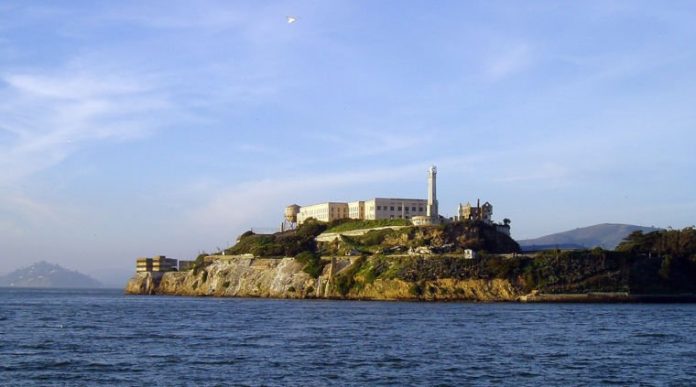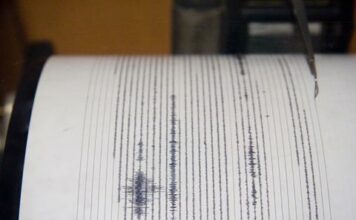When you hear the word “Alcatraz,” you probably think of the infamous people who were imprisoned there, such as Al “Scarface” Capone, Robert “the Birdman” Stroud and George “Machine Gun” Kelly. And usually, that’s about as much as most usually think about. But this small island—one of the most popular attractions to visitors—hovering near the Golden Gate Bridge has an interesting and eerie history.
Discernible from the waterfront, Alcatraz—also known as “The Rock”—gives off a hint of isolation and bleakness.
What’s in a name?
One of the recorded ways Alcatraz acquired its name was by poor map reading in 1775 by Spanish explorer Jean Manuel de Ayala, who named the rugged island Isla de Alcatracers, or Island of Pelicans (because of the habitation of these birds on the island).
At the conclusion of the Mexican-American War in 1848, the island became public land, secured from Mexico. Alcatraz became the property of the U.S. government. During the 1850s, a fortress was constructed on Alcatraz and 100 cannons were installed around the island to protect San Francisco Bay. At one point 400 armed soldiers were stationed on the island.
The West Coast’s first operational lighthouse was erected in 1854 and was replaced by a more modern and taller one in 1909. In 1970, during the American Indian Occupation, the lighthouse burned down; only the concrete tower survived. Restored and renovated at the end of the occupation and later modernized, the lighthouse is still operational and is considered the oldest continually operating lighthouse in the west.
Alcatraz becomes a federal prison
By the late 1850s, the U.S. Army had begun holding military prisoners mainly due to the effectiveness of the supposed man-eating shark infested waters surrounding the island, making it escape proof.
The inmate population at Alcatraz increased in 1898 during the Spanish America War. By 1912, the world’s largest reinforced concrete building was completed by the labor of the prisoners. In 1933, the Army ceded Alcatraz to the U.S. Justice Department and Alcatraz became a maximum-security federal prison, which officially opened July 1, 1934.
Alcatraz housed some of the most known difficult and dangerous felons during its years of operation from 1934 to 1963, with no successful escape by any inmate.
The prison had stringent rules, such as silence between inmates, and a strict system that offered food, clothing, shelter and medical attention when needed. Anything else was considered a privilege, including the right to work and receive mail. Even minor infractions caused a loss of privileges.
Little known facts
Capone was sent to Alcatraz after he bribed prison officials in Atlanta, Ga. He was finally brought in and later admitted that “Alcatraz has got me licked.” He became a model prisoner and was allowed to join the inmate band the “Rock Islanders,” which gave regular Sunday concerts for inmates.
Alcatraz boasted monthly movies, a library of 15,000 books, 75 popular magazine subscriptions and a bridge club with a one-man per cell policy. These were some of the reasons inmates requested a transfer to Alcatraz.
Alcatraz was finally closed by then-U.S. attorney General Robert F. Kennedy in 1963.
In 1969, a group of Native Americans claimed the land on behalf of “Indians Of All Tribes” and occupied Alcatraz for 19 months. After much political wrangling, the government moved the last of the activists off the property in 1971.
When George Lucas was filming “Star Wars,” he recorded the sound of Alcatraz’s cell doors slamming shut and used the sound bite in the movie whenever Darth Vader’s star cruiser closed its doors.
Visiting The Rock
Alcatraz is visited by more than 1 million people a year. The hour-long audio tour is an entertaining, interesting commentary that gives a clear picture of the way the prison operated. Check out times for the free ranger talks. Bring good walking shoes and a picnic lunch. Hornblower Cruises will get you to and from Alcatraz in 15 to 20 minutes. Tickets are available at alcatrazcruises.com, by calling (415) 981-ROCK (7625) or from the ticket booth at Pier 33 in San Francisco. Advance reservations are recommended.













